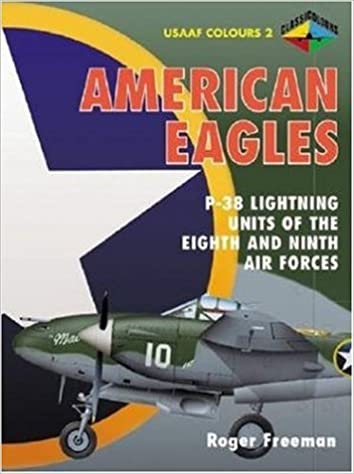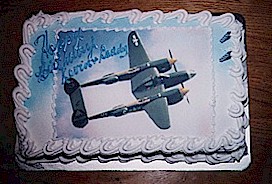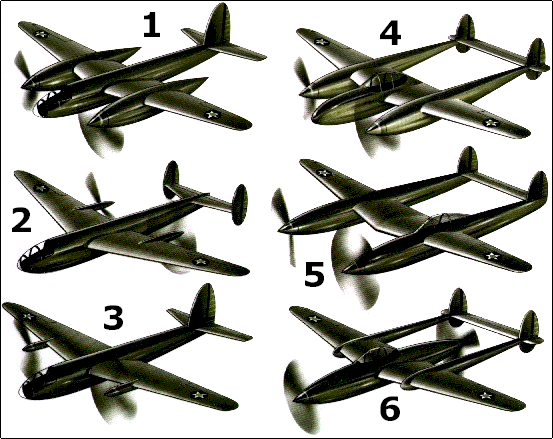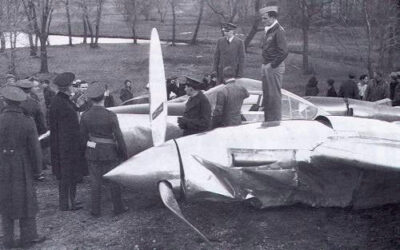The P-38 had several variations which made it all the more versatile for use in combat.
The Lightning was noted for its powerful firepower in the nose of the plane, but it could also be outfitted with rockets or bombs as part of its armament.
In addition to installing rockets under the wings or switching out the fuel tanks on the bottom for 500‑lb bombs, some P‑38s were designed and built for specific functions:
“Photo Joes”
were gigantic flying cameras, used to take pre-mission target and surveillance photos.
“Night Fighters”
(AKA "Night Lightning") guns had special blast shields on the muzzles to prevent blinding the pilots when they were fired.
“Droop Snoots”
were converted P‑38Js with a complete bombardier's station located in the nose
“Pathfinders”
had special ground-mapping radar.
P-38 Droop Snoot

The P‑38J (so-called “Droop Snoot”), was typically the lead plane on level bombing missions. The concept of converting a P‑38 into a “leader” bomber was from General Don Ostrander and Col. Cass S. Hough.
They wanted to modify the P‑38 to accommodate a bombardier by changing out the powerful firepower of the plane and installing a plexiglas nosecone, a top-secret Norden bombsite and extra body armor. Ostrander served as bombardier on the initial test missions of the Droopsnoot over Europe.
As the bombardier was tucked into the nose, not sure how he would bail out from that postition.
The original color scheme was olive-drab-over-gray camouflage, and was most often associated with the 8th AF in Europe, although they were also flown in the CBI theater.
American Eagles
Volume 2: P-38 Lightning Units of The Eighth and Ninth Air Forces Paperback
“American Eagles” covers many of the P‑38 variances, including the Droop Snoot.






